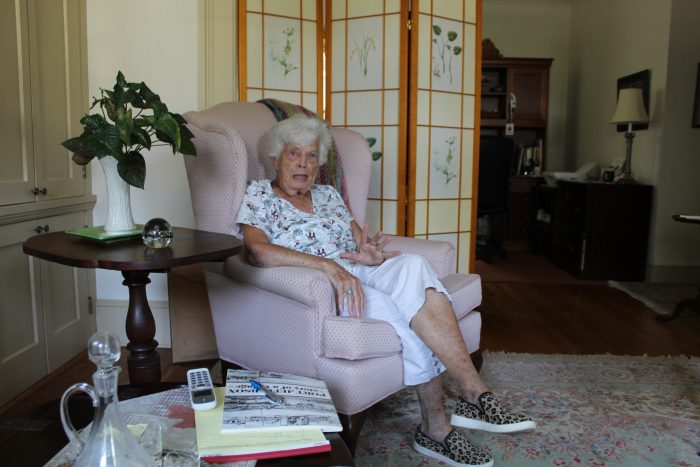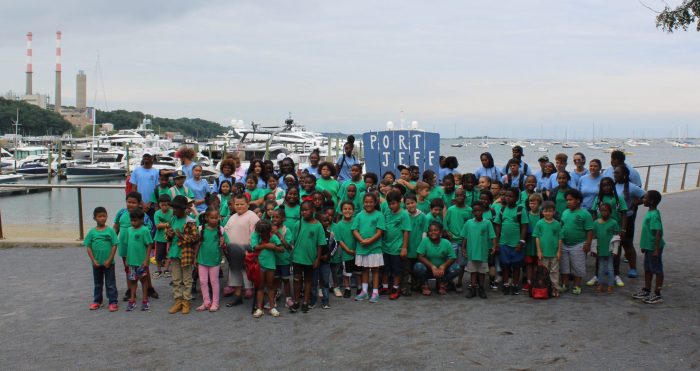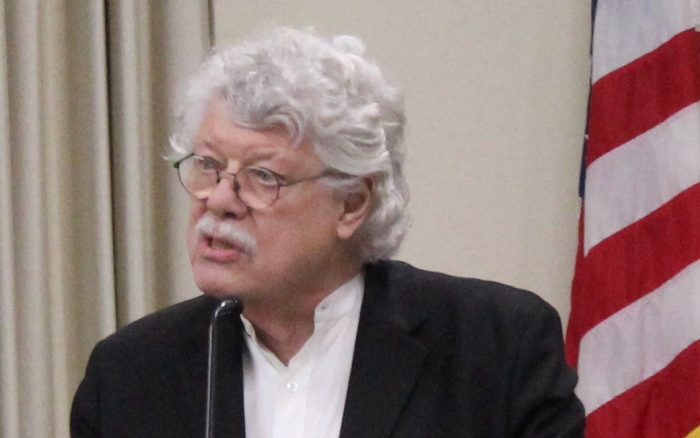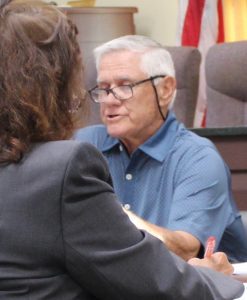This year marks Port Jefferson’s 60th anniversary as an incorporated village.
On a snowy day in December, 1962, Port Jefferson residents voted to form their own local government, a maneuver that still has ramifications generations later.
Sandra Swenk was among those leading the cause for incorporation and later served as the third mayor of the village she fought to create.
In an exclusive interview, Swenk reflected on the village’s genesis story, outlining the contributing factors for incorporation and the lasting effects of this homegrown revolution.
Civic awakening
Before there was a village, Port Jeff was an unincorporated hamlet, subject to the local laws and rules of the Town of Brookhaven. At around the time of incorporation, Brookhaven had been exploring instituting a parking district, a proposal jeopardizing the area’s historic character.
“They wanted parking, but they were going to take down some of these old homes to do it,” Swenk said. “That spurred a lot of interest in having home rule.”
The Port Jefferson Property Owners Association was the central civic group of that period. Swenk considers herself among the few remaining surviving members of that civic effort.
“Our property owners association was very active at the time,” she said.
Road to self-determination
Swenk noted several contributing factors leading to the village’s incorporation. Paramount among them was the growing industrial activity surrounding Port Jefferson Harbor.
“We were very concerned about the industrial aspect of the harbor — the tankers, barges, oil and possible spillage,” she said. “We wanted more recreational use of the harbor.”
The threat of a deeper harbor, and the precipitating industrial and commercial growth, had also loomed large at the time. Growing tensions had existed for some time between the town and the surrounding residents of the harbor, with a fear of possible dredging.‘It’s about making our own decisions.’
— Sandra Swenk
“We in Port Jefferson did not want to see the harbor dredged because that meant a deeper port for larger boats to come in,” Swenk noted. “That was something that really triggered our interest in incorporation. That was a turning point, I would say.”
When referendum day arrived, the outcome was “overwhelming,” according to Swenk. “We won by a 2-1 margin [689-361],” she said, adding, “It was overwhelmingly in favor of incorporating — having our own government, our own board of trustees and controlling what might happen.”
Home rule
Following the vote, locals then set out to guide their village board in a direction reflective of the popular will.
Swenk said historic preservation, beautification and adaptive reuse had been core tenets of her administration from 1971 through 1977.
“I wanted to see the village revitalized,” she said. “I felt that there was adaptive use of some of the older buildings throughout the business district.”
She referred to Upper Port as a “thriving business district” during those early years, with bookstores, retail spaces and other commercial opportunities uptown.
“We were always a busy community, and that was something I wanted to see continued,” she said.
Another essential feature of home rule, according to her, was the preservation of the area’s historic character. Swenk, a charter member of Port Jefferson Historical Society, said she continues this endeavor to this day.
Incorporation in context
Swenk suggested that on the whole, the incorporation achieved much of its aims, such as protecting the harbor from overcommercialization and preserving the village’s historic charm.
She noted that parking remains an unresolved issue even today and that the village’s municipal boards can sometimes skirt their own rules.
“They’re not adhering to the codes in many cases,” she said. “As an application comes in, what an applicant is required to do to meet the code and all, they should follow it.”
She added that various stakeholders within the community could have greater collaboration in remediating local issues. “There hasn’t been enough togetherness in planning,” she said.
Yet since incorporation, Swenk maintained that citizens have served as the drivers of their local democracy. With the recent reemergence of the Port Jefferson Civic Association, Swenk said some patterns of local history are playing out again today.
“It takes an issue to get people involved,” the incorporation leader and former village mayor said. PJCA members “seem to have the interest of the village” at heart.
Reflecting upon the legacy of the incorporation movement, she said locals could take away from the movement the power of civic engagement in contributing to tangible change in their community.
“It’s about making our own decisions,” she said. “It’s good being incorporated. I’m proud of my village. It means a lot to me.”
This story is part of a continuing series on the incorporation of Port Jefferson.










